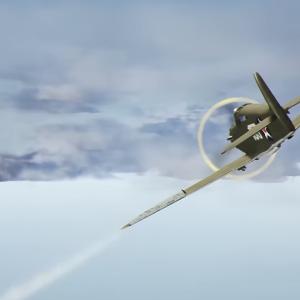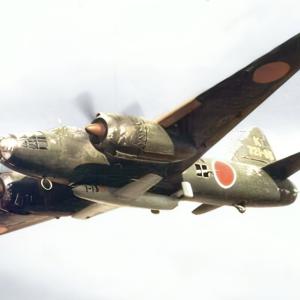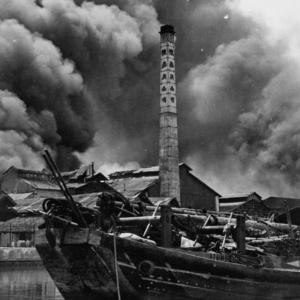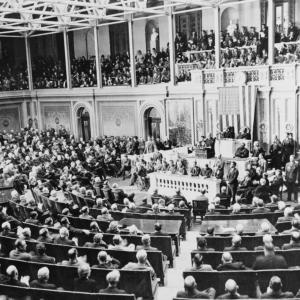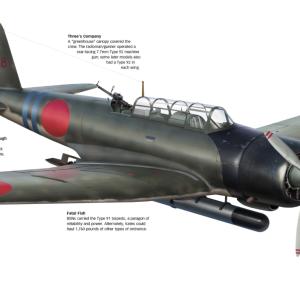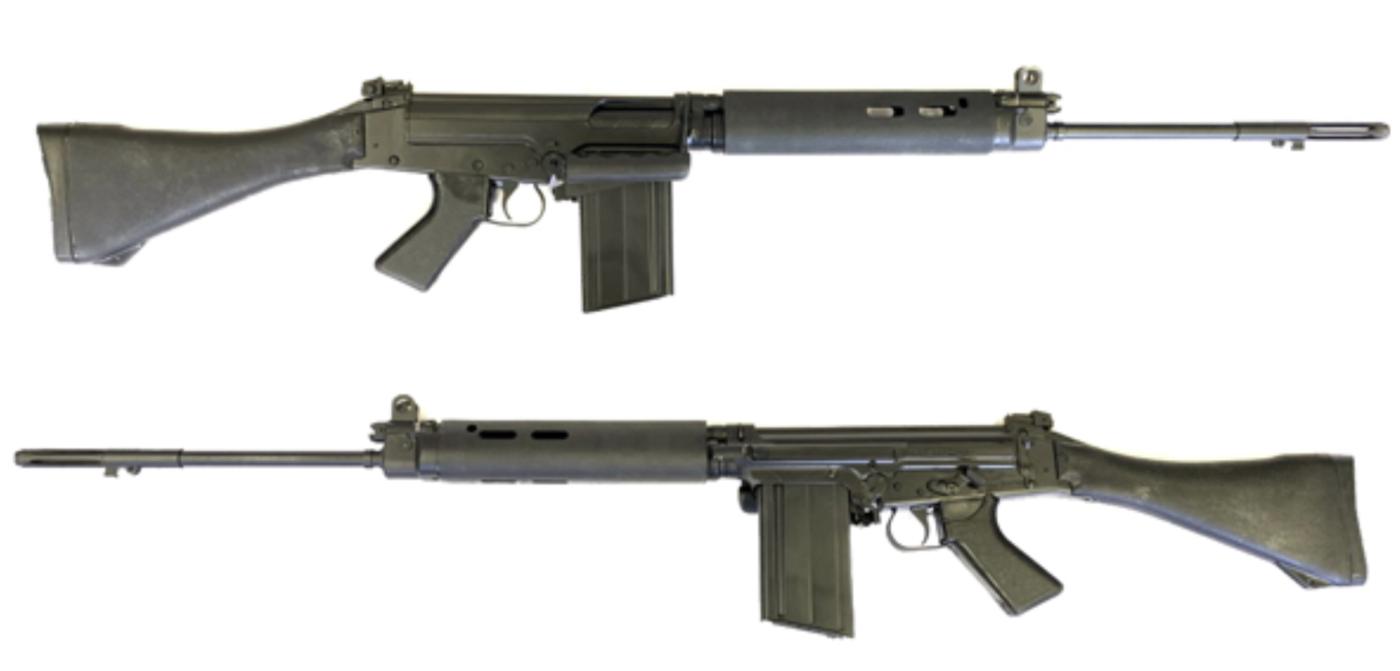
SLR rifle
The British L1A1 Self-Loading Rifle was developed as a licensed variant of the FN FAL, a battle rifle originally created by Fabrique Nationale de Herstal in Belgium. The FN FAL became one of the most widely used military rifles during the Cold War period. The British version, known as the L1A1, was modified to meet the operational needs and doctrine of the British Army.
Britain opted for a semi-automatic-only configuration, differing from the original FN FAL which featured selective fire. The L1A1 used the 7.62×51mm NATO cartridge, had a gas-operated action with a tilting breechblock, and was known for its long barrel and durable construction. It featured aperture rear sights, often adjustable for range, and its barrel was chrome-lined to enhance reliability and ease of cleaning. Early versions had wooden stocks and handguards, which were later replaced with synthetic materials for durability and reduced weight.
The rifle was fed from a detachable box magazine that typically held 20 rounds. Magazines were steel and robust, though relatively heavy when loaded. While 30-round magazines were available, especially for use with the L2A1 automatic rifle, they were not commonly issued to standard infantry due to bulk and weight.
The L1A1 was chambered for the 7.62×51mm NATO cartridge, a full-power rifle round designed for long-range accuracy and high stopping power. British forces used a variety of 7.62mm ammunition types with the L1A1, including ball (standard) for combat, tracer for target indication and fire adjustment, blank for training exercises, and drill for loading and weapon-handling practice.
Nicknamed the SLR, the L1A1 entered service in the British Army by the late 1950s. Its design reflected the post-World War II shift toward semi-automatic infantry rifles with increased range and hitting power, particularly as NATO standardized the 7.62mm cartridge for interoperability among member states.
The L1A1 was not manufactured by FN in Belgium but under license by various British and Commonwealth manufacturers. In the UK, production was handled by the Royal Small Arms Factory at Enfield and the Birmingham Small Arms Company. Additionally, factories in Commonwealth nations such as the Lithgow Small Arms Factory in Australia produced compatible versions. These variants, along with those from Canada, formed what was known as the inch-pattern family of rifles, differing slightly in dimensions and parts compatibility from the metric-pattern FALs used in other countries.
The L1A1 officially entered British service in 1957 and remained the standard-issue rifle for over three decades. Its reliability, robust construction, and powerful cartridge made it a favorite among many soldiers. The rifle saw widespread use in various Cold War-era conflicts and during internal security operations such as the Troubles in Northern Ireland. By the mid-1980s, the British Army began phasing out the L1A1 in favor of the more compact, selective-fire SA80 rifle series, starting with the L85A1. However, the L1A1 continued to serve with reserve forces and in secondary roles into the early 1990s.
One of the most significant tests of the L1A1’s combat performance came during the Falklands War in 1982, where it was the primary infantry weapon for British forces.
During the Falklands War, the L1A1 proved both its strengths and its limitations. British soldiers carried the semi-automatic version, while their Argentine adversaries were often armed with FN FAL rifles capable of fully automatic fire. Despite this, the L1A1’s reliability and long-range accuracy gave British troops a decisive edge in many engagements, especially in open terrain.
British troops appreciated the rifle’s power and effective range, which reached up to 600 meters in skilled hands. The rifle's solid construction allowed it to perform reliably even in the damp and cold South Atlantic environment. However, the weight and length of the L1A1 were notable disadvantages in the mountainous and boggy terrain of the Falklands. In close-quarter combat, the size of the rifle could be cumbersome, especially compared to more compact weapons.
The lack of automatic fire capability was another drawback, particularly when facing enemy forces with rifles capable of higher volumes of suppressive fire. Some British troops made use of optical sights such as the SUIT (Sight Unit Infantry Trilux), which provided an advantage in visibility and target acquisition, especially at longer ranges, though these were not standard issue across all units.
Despite these challenges, the L1A1 was a key factor in the effectiveness of British infantry during the conflict. Its stopping power and reliability under harsh conditions contributed to the overall success of ground operations, making it one of the last great battle rifles to see widespread use by British forces in a major conventional war.

